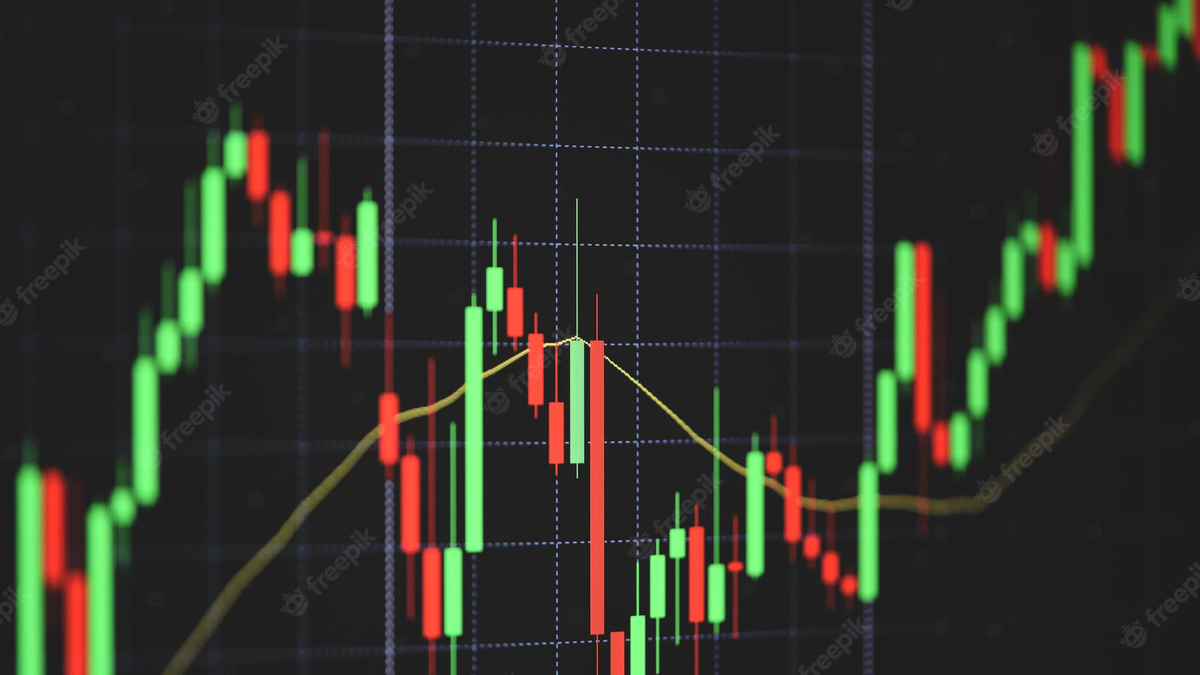He Economic Research Center (Cinve) conducted a review of the National accounts of Uruguay, and with a new growth correction for this year, future prospects are less optimistic: it would be barely 1%.
Cinve published a new report in which the National Accounts data was reviewed. Although there is good news —such as that the economy expanded one point more than initially thought in 2021, reaching growth of 5.3%—, other data cause concern; among them, the growth of Gross Domestic Product (GDP) projected for this 2023 in the country.
According to the institute, two fundamental events will affect the level of economic activity in 2023. On the one hand, the start-up of UPM 2 it will generate a rise in industrial production that will have a positive impact on GDP. But, on the other hand, and dragging the positive effects of the new pulp mill, the shock of the extreme drought in the country pushed down the projections.
In this way, the Cinve expects a growth of 1% for this year. An estimate that is even lower than the actual correction of the International Monetary Fund (IMF), which forecasts a 2% increase in GDP; and that the results of the Survey of Economic Expectations of the Central Bank of Uruguay (BCU)which forecast a positive variation of 1.68%.
Without the effects of water deficit, the growth would also have been 1.6%, according to Cinve. For 2024, the economic forecasts are more stable, and warn of growth of 2.5% and 2.7%, with and without drought, respectively.
If, on the other hand, one also considers the extra-regional and regional context less positiveprojections are even less optimistic: trend growth will slow down and GDP variations will be +0.6% and +1.7% in 2023 and 2024 —considering the effects of the drought.
For the Cinve, the papal of the internal consumption will be key in an unfavorable economic context, but the impact of growth will be mediated by the ratio of prices with Argentina.
Can Uruguay go into recession?
Beyond Cinve’s not very optimistic forecast, from the research institute they maintain that the elements are not enough to talk about economic recession in the country —when all the indicators and economic factors show signs of slowdown—; but of stagnation.
Although there is a state of technical recession in the face of the fall in economic activity for two consecutive quarters, the characterization of recession itself contemplates other indicators in addition to the GDP data.
In this sense, the Cinve points out that the negative evolution for the third quarter is not clear and that the behavior of the stable component of the trend-cycle of the Uruguayan GDP does not allow us to see a clear scenario of recession. What is observed is the stagnation of trend growthdeepened by the transitory effects of the drought which, in turn, mainly affect agriculture, the manufacturing industry and electricity, but not the rest of the sectors.
Source: Ambito




